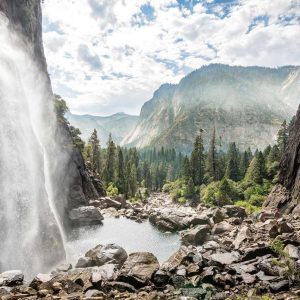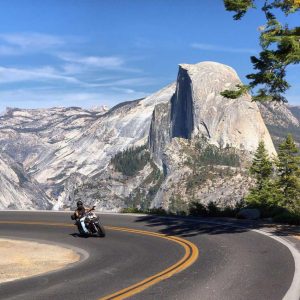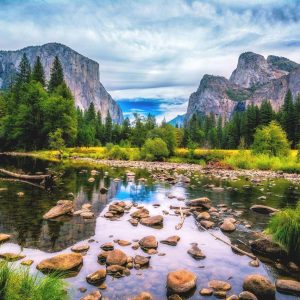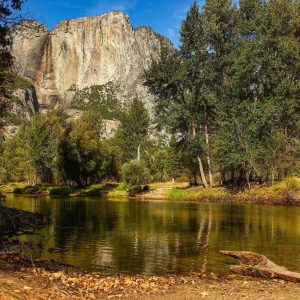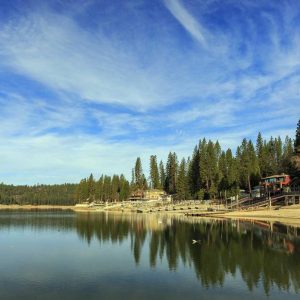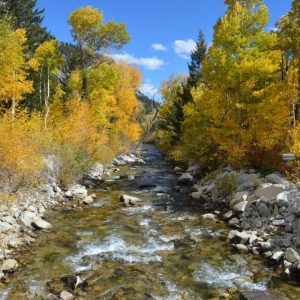14Grand Canyon National Park
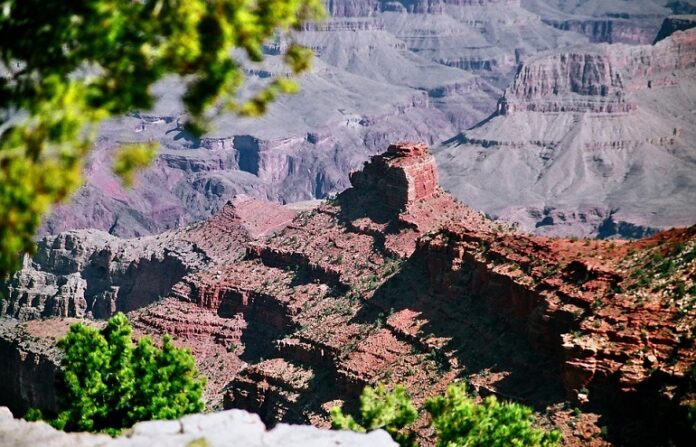

This is America’s second most popular national park. It’s visited by nearly six million people annually, on average. There are only three entrances to this highly popular park as well.
Regular readers know your wandering wordsmith hiked the Grand Canyon rim-to-rim one summer. After that experience with the summer heat and crowds of tourists along the rim, Spring is definitely a better time to visit this park. In springtime, the weather is warm enough for people to explore the park.
An entire area is closed in the winter because of snowfall. Furthermore, while spring mornings and nights can be chilly, it’s easier to deal with than the extreme summer heat. Springtime’s also the best time to see the sunrise here. Winter weather obscures the beauty. In the summer, sunrise is so early you have to head out way too early to reach the best viewpoints to see it.
15Death Valley
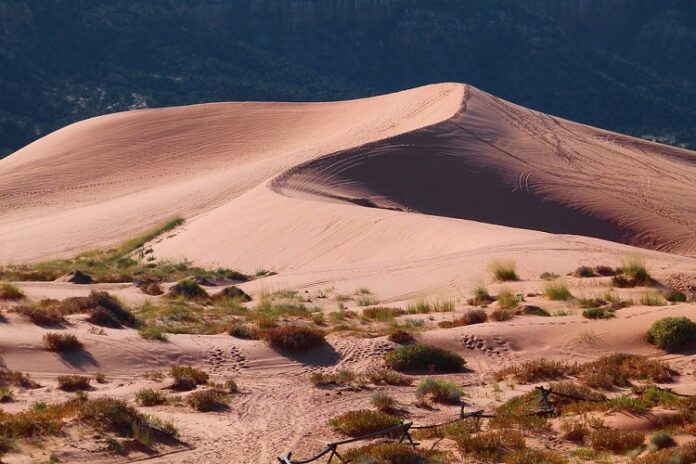

Spectacular Death Valley is reportedly the most exciting in springtime. For it is then you get to enjoy the superb Super Bloom! Specifically, the distinctive Death Valley Super Bloom is actually a rare, noteworthy natural phenomenon when thousands of wildflowers bloom all over the desert.
The striking Super Bloom generally occurs in March. Mind you, if you miss this incredible event, fret not. This is a unique national park for numerous reasons.
For example, it is the continent’s driest, hottest, and lowest place. The unique landscape here is the result of numerous factors including alluviation, block faulting, evaporation, rain, wind, and volcanic activity. Other highlights here include the colorful Artist Palette, Badwater Basin, Devil’s Golf Course salt pan, Mesquite Flat Sand Dunes, Racetrack Playa, Ubehebe Crater, and Zabriskie Point. Grab a map at the Death Valley Visitors Center at Furnace Creek.
